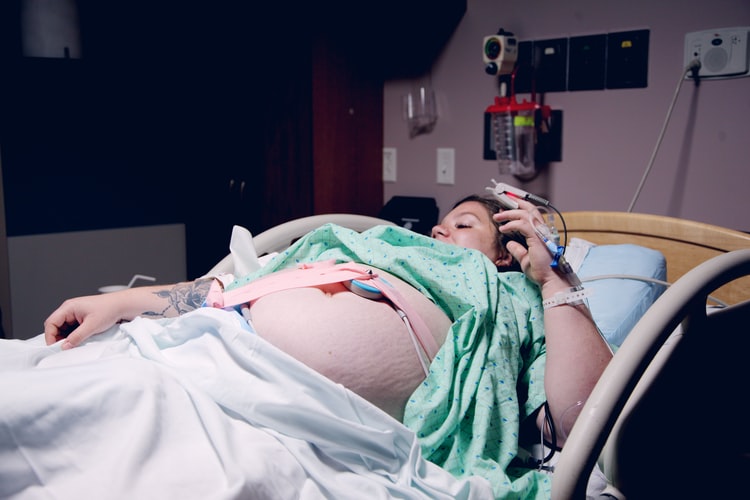
The majority of childbirths go without serious complications and are, in the main, mostly highly successful. However, unfortunately, complications can occur during the birth process, which need to be dealt with quickly by midwives and medical teams.
While we all hope we won’t fall victim to problems during labor and delivery, it’s still best to be armed with a knowledge of what to expect if problems are encountered, as well as perhaps the number of solicitors for birth injury claims that you could call if you believe the medical professionals were at fault for what happened. Here are a few of the most common issues that can arise during pregnancy and childbirth.
Perineal tears
It’s very common for the woman’s vagina and surrounding tissues to tear during the birthing process – however, they often heal on their own. If not, a surgeon will need to repair the damage with stitches. Also, the medical team may sometimes make an intentional cut between the vagina with the anus – a procedure called episiotomy – which will need to be treated with stitches.
Labors that slow or fail to progress
There are many reasons why labor might slow, ranging from a weakening of contractions to the cervix not dilating or the infant not progressing into the birth canal. Whatever the reason, if a physician becomes sufficiently concerned the birth is slowing too much they might choose to administer medication with the aim of increasing contractions to speed up the labor. Alternatively, they may decide a cesarean section is required.
Potential dangers caused by the umbilical cord
Sometimes the umbilical cord can cause problems during the birthing process by getting trapped around an infant’s arms or legs. More worryingly, the cord sometimes wraps around the child’s neck, which can cause serious problems with asphyxia. Indeed, asphyxia can occur through various events during delivery as outlined in A long birth asphyxia lawyers blog post from birth injury malpractice lawyers.
Problems resulting from excessive bleeding
Heavy bleeding can result from tears in the uterus – or also because the uterus has not contracted enough to allow the successful delivery of the placenta. Excessive bleeding is a leading cause of maternal death globally so your physician will closely monitor for any unwanted and potentially very dangerous problems.
The baby experiences a random or abnormal heart rate
While clearly worrying for the mother, an abnormal heart rate in the infant during labor need not necessarily point to a problem and very often the medical team or midwife will simply advise changing position to allow the child to get more blood flow. However, if it’s suspected there is a larger issue, a health care specialist may insist the delivery happens immediately. In these instances, the medical team might elect to perform an emergency cesarean operation or administer an episiotomy to help widen the vagina and aid delivery.
Seeking further guidance and advice
The saying goes, knowledge is power, and you should definitely seek further advice from your medical care team on all aspects of your pregnancy and childbirth. Remember, most midwifery doctors, nurses and other specialists have worked in their profession for many years and have gained vast experience of cases just like yours – so don’t be embarrassed to address any fears or questions you might have.



